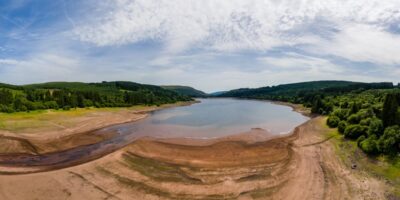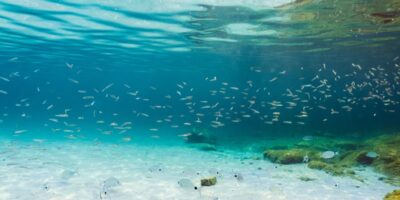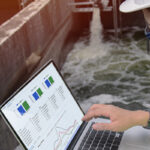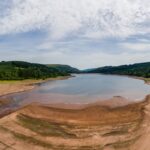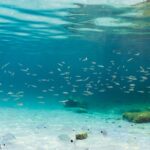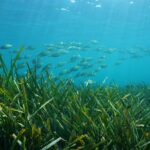We often hear that there are a lot of plastics in the ocean. How do they get there and why is this a concern?
How plastics get into our seas
Plastics, as well as other types of marine debris, enter our seas through human activities, most of which are land-based. Pieces of litter on the streets are washed into storm drains during rain storms. These are then carried into the ocean along with rainwater. Debris also enter the ocean via the coasts, where trash left behind by beachgoers are swept into the seas by waves and tide.
Factories wastes and contents spilled by ships at sea likewise contribute to the increasing volume of plastic debris in our oceans today.
FACT BOX
Effects of plastic pollution
Marine debris can come in many forms, but plastics make up a vast majority of this litter. A study in Science magazine estimated that eight million tonnes of plastic waste end up in our oceans every year. And because plastics aren’t biodegradable, they remain in our oceans for a long time. The estimated time for them to fully break down? A staggering 500 years. And this means that every single piece of plastic ever produced still exists in one form or the other today.
Their existence in the waters brings harm to:
- Marine animals (through ingestion and entanglement)
- Human health (it gets into the food chain)
- The economy (it affects the safety of sea transport, tourism and recreation, for instance)
How agent-based modelling and hydrodynamic models can help clean up our seas
One way to remove debris in the seas is through the placement of floating barriers or booms, generally referred to as cleanup systems. Cleanup systems can either be deployed passively, or operated actively via boats where marine debris floating in the surface will get entrapped in the cleanup system, acting very much like an artificial coastline. The key to efficient use of such systems is to take advantage of locations where oceanic currents passively aggregate marine debris.
To identify the best sites to place cleanup systems so as to trap the maximum amount of debris, agent-based modelling (ABM) coupled with advanced hydrodynamic models come into play.
ABM of marine debris is capable of customising drift characteristics of debris relative to currents, waves and wind (for example, shape, buoyancy, exposed surface area, orientation and position in water column).
A recent study predicted 61% more debris entrapped
Simulations of Jakarta Bay, Indonesia, identified locations which would enable us to get the most out of a cleanup system deployment. The result? The predicted amount of debris entrapped within the identified zone of highest marine debris transport was 61% higher, as compared to a neighbouring cleanup system deployed only 15 km away from the zone of high transport. This shows that the passive drift modelling of marine debris can help us optimise the deployment of cleanup systems and could potentially be our answer to #CleanSeas, the United Nations’ global campaign against plastic in our oceans.


